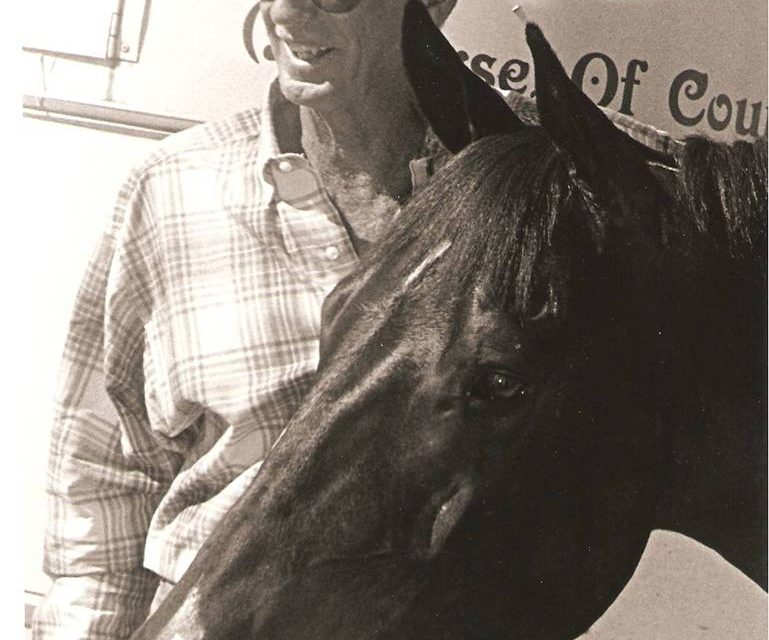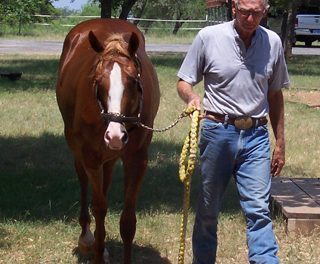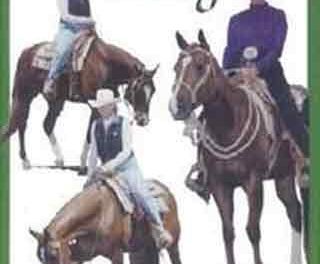A Horse, Of Course
A little lather is good for leather.
I’m glad it only takes a little lather, because cleaning leather tack is not one of my favorite jobs. It’s always one of those must do jobs.
Tack that is clean and well-conditioned looks better, performs better and last much, much longer. And with the price of tack these days, the third reason alone is enough to get me cleaning and oiling.
Leather is the tanned skin of an animal and is composed of millions of hair-like fibrils. Leather, therefore has pores, which help make it pliable and durable. When it is dirty or dry, leather tends to breakdown, rot and crack.
The steps for cleaning and conditioning leather are simple.
Removing dust with a damp cloth should be done after every use. The dust will penetrate the pores of the leather and compromise the integrity of the leather. This constant care will eliminate the need for deep cleaning.
Occasionally the leather will need to be oiled or conditioned. Most manufacturers of high-quality tack will recommend the commercial product that should be used on their leather. There are several methods of tanning leather, and the manufacturer’s recommended leather cleaners and conditioners will work best with the method they use.
Using a cloth or sponge apply the product to both sides of the leather, but don’t saturate it. There should not be much residue when you are finished applying the oil. If there is much excess, wipe the leather with a dry cloth, then let the tack dry before covering or storing.
I usually clean tack on cold, rainy days when I can’t ride. On such days, the leather doesn’t absorb the oil as well, so I have to be more careful with avoiding excess.
If you’re working on a western saddle, be sure to apply oil deep down in the rigging and the underside of all saddle parts. The areas which are most often neglected, yet most in need of cleaning and oiling, are the areas which support the stirrups, girth or bit. These spots collect more dirt and should be thoroughly cleaned.
When cleaning and oiling an English saddle do not saturate the panels to point the flocking becomes laden with oil. It will have to be removed and replaced.
Leather that has become forgotten and is in very poor condition may be revived. Success depends on the quality of the leather. Several oiling and conditioning sessions will be needed. Unfortunately, it will never return to the original condition once it has been neglected. Throw out any leather tack that is unsafe and does not respond to treatment.
In addition to cleaning and oiling leather, the good horseperson checks each time for cracked leather, broken stitching or stitching that has separated. If it is in need of repair, it needs to be fixed or replaced immediately.
The well-turned out horse is always tacked with leather that shows it is cared for. It may not always be spotlessly clean, but it will always be pliable, durable and safe.
Visit www.horsecoursesonline.com to earn certification as a horse trainer, riding instructor or stable manager, or work toward a Bachelor of Science degree in Equine Studies. All courses online.





